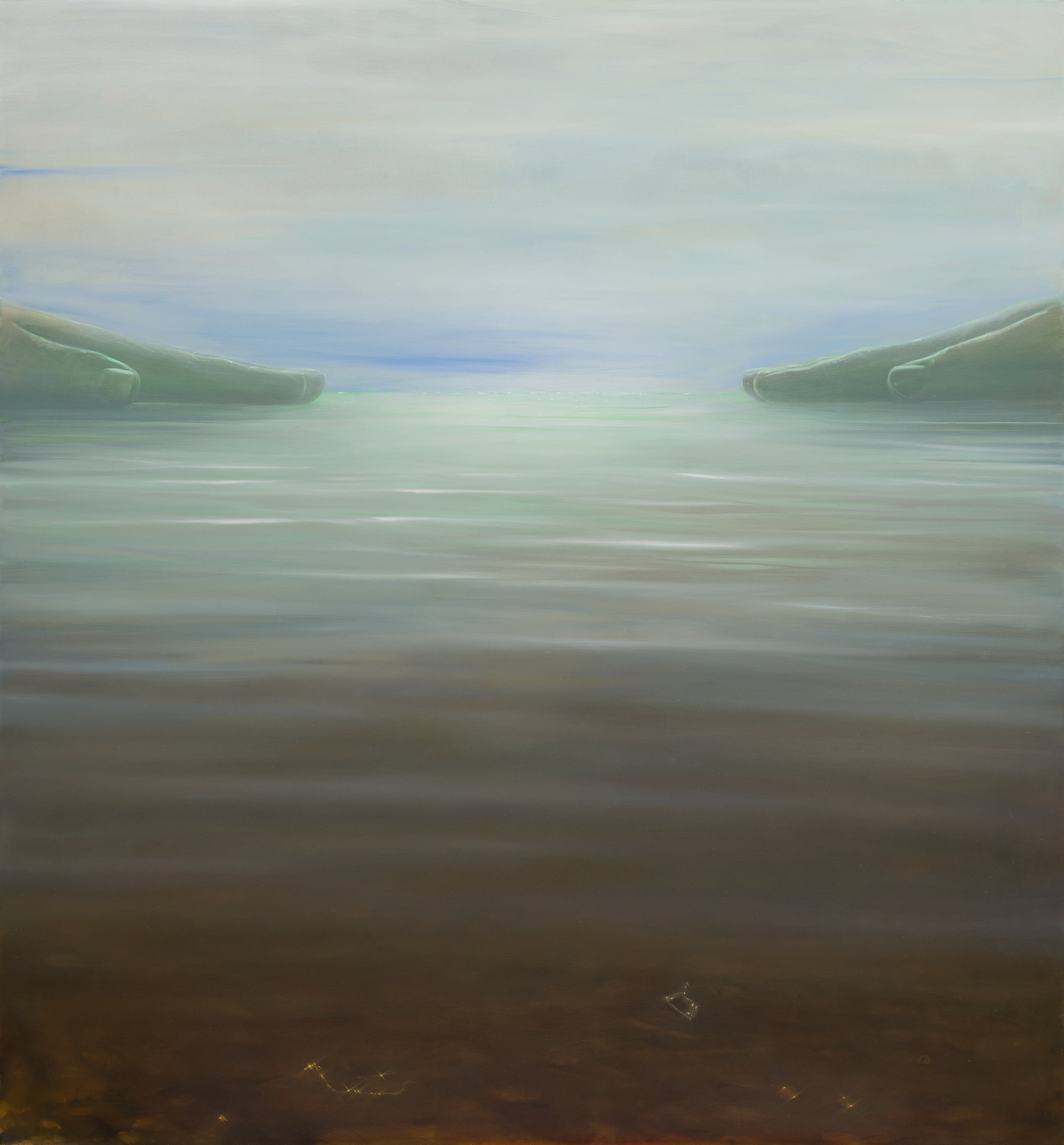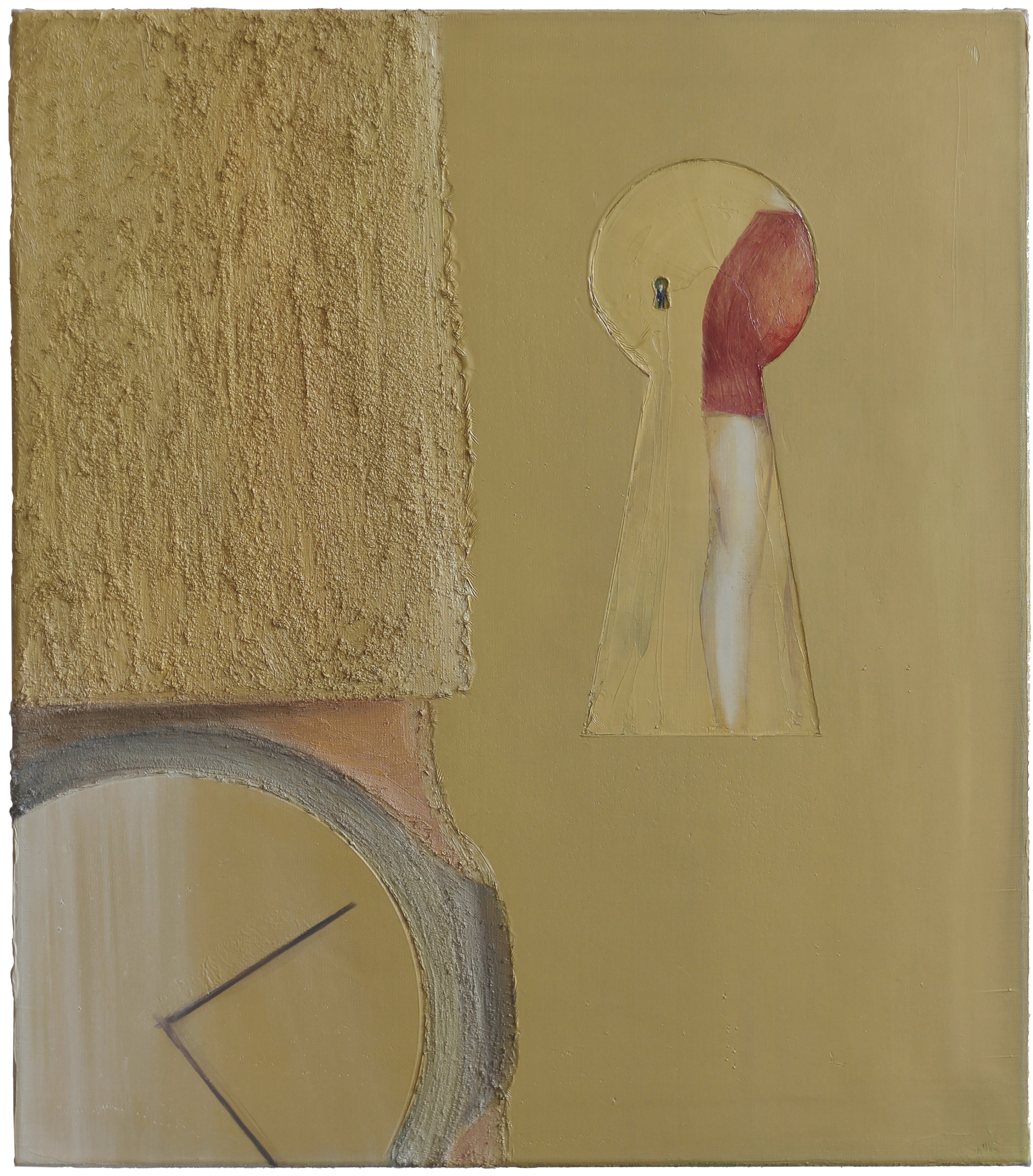Cyryl Polaczek
b. 1989, Zielona Góra
Painter, creator of sculptural objects. Cyryl Polaczek studied painting at the art academies in Gdańsk and Kraków and Universität der Künste Berlin. He is the most mysterious member of the artistic collective Potencja, which he cofounded in 2016 with Karolina Jabłońska and Tomasz Kręcicki. His painting is incredibly diverse in formal respects. The artist is not attached to one style, but experiments with numerous conventions and freely employs various painting techniques. The atmosphere of his paintings seems more important than the motif, while retaining a puzzling suggestiveness. Polaczek won first prize in the 11th Hestia Artistic Journey competition (2012). He lives and works in Kraków.
The Bay
FSP ING 0241
Seaside nocturnes, rainy shores, foggy bays—Cyryl Polaczek has a weakness for marine landscapes. He is not afraid to resort to this old-fashioned painting genre and knows how to disarm the kitsch or cliché lurking in it. He manipulates scale and perspective, pursuing surrealist associations. In place of the sloping shores of the bay, he places monumental hands, pointing to our age-old tendency to see familiar human shapes in the natural sculpture of the terrain. Only after a while, in the foreground of the large-format canvas, do we notice a flickering. On the shore of both the body of water and the painting, small objects lying on the bottom flash from under the water’s surface. A cross on a chain, a tooth, coins, a porcelain figurine of a horse—found in the family home, in a drawer with childhood treasures. There is also a tiny ammonite, fished out a long time ago from Lake Niesłysz near Świebodzin. Water is truly a personal motif for Cyryl Polaczek.
The Room Next Door
FSP ING 0242
During an artistic residency in Leipzig, Cyryl Polaczek worked in a former 19th-century cotton mill, where galleries and artists’ studios now function. The interiors of the Leipziger Baumwollspinnerei inspired the painting The Room Next Door. The artist used the yellow-painted walls, the long factory corridors, and the involuntary game of glances dictated by the rhythm of opening and closing doors to create the structure and atmosphere of the painting. Plane after plane are built by thickly overlapping layers of paint—flat but geometrical shapes. The impression of space is conveyed using a variety of textures. The sharp edges of the keyhole, the smooth crystal of the watch, the sleeve as rough as the wall. The surfaces are so suggestive that gazing at them, we think more of touch. Spying on someone through a keyhole, you may not notice that you are also being watched.

